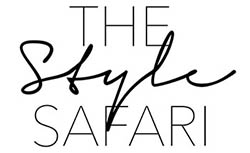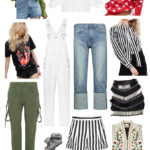I love vintage shopping for the thrill of the hunt. It’s fun and rewarding to discover new stores in different cities and counties, scour through racks for unique clothing and find new-to-me pieces that are unlike anyone else’s wardrobe. But vintage shopping can also be a endless wasteland that becomes a vacuum for your time and money. Just because something is cheaper than it once was, or is made by a certain designer, doesn’t always mean it’s a good purchase. Which is why I’m sharing one of my favorite vintage shopping tips: Picking your Decade.
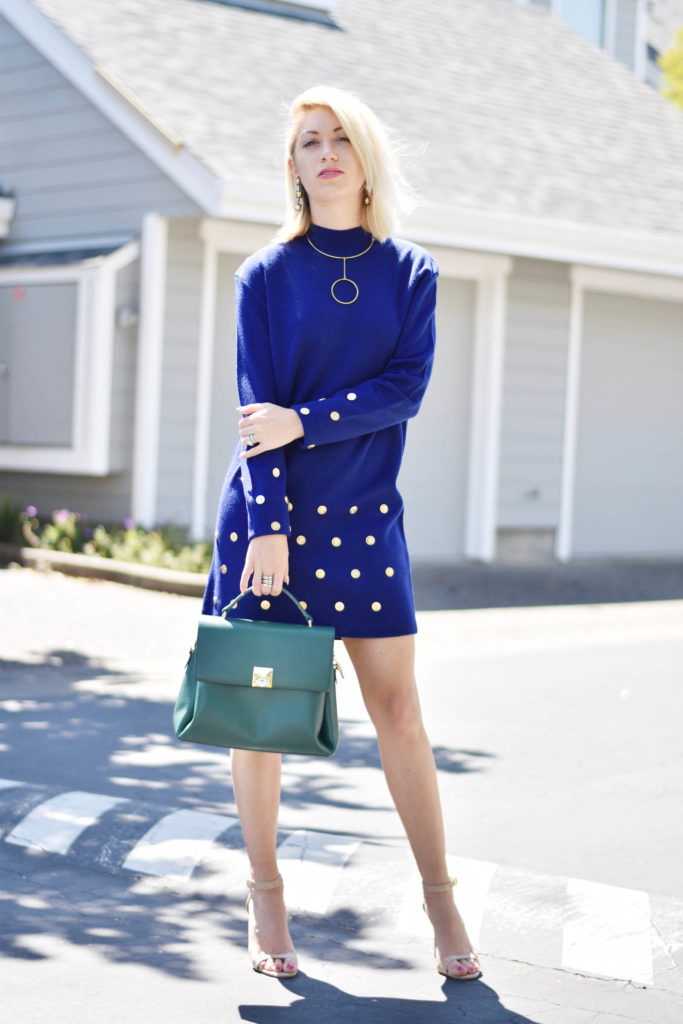
Most vintage stores are organized by silhouette; i.e. Dresses, tops, jeans. etc. While there are some that organize by decade, these are in the minority. I prefer the ones that do categorize by decade because I can make a beeline for the decades that I prefer.
One of the most important vintage shopping tips I can offer is to understand the styling of each decade. If the store is not organized by decade, then its important to understand the design language of each decade so that you save precious time. Part of shopping by decade is also knowing what types of styles and silhouettes you prefer to wear, and suit your body type and lifestyle.
As you read through the decades below, take a look at my vintage blue sweater dress and see if you can identify what decade it’s from! I’ll tell you at the end of the post, no scrolling ahead! ;)
Design Decade: The 40’s
Often times clothing in the forties can be confused with that of the eighties. There was a similar taste for powerful shoulders and straighter silhouettes, although there are some key differences. In the forties, while there was an emphasis on shoulders and sleeves, they were a bit softer than in the eighties. The menswear inspired ‘shirt-waist’ dress was a key style here, which had a simple A-line silhouette and a nipped waist for practicality. This was of course the time of WWII, so materials were in high demand. Any extra volume and unnecessary pleats, ruffles or design details were frowned upon. Fabrics used were humble cotton and a newer invention, rayon.
If you are able to find forties clothing, the style is streamlined and simple. This works for women who are looking for an easy way to look put together without any fuss. The natural shape of the body is shown off without any forced discomfort, while still looking strong.

Design Decade: The 50s
This was really the modern era of the tiny waist. Women’s waists were so emphasized that fuller skirts came back into style. Fitted shirts were tucked into skirts, and cinched with wide belts to achieve the same effect. It brings to mind Marilyn Monroe or Sandra Dee, as the look of a ‘perfect’ woman with her curves accounted was de rigger. Towards the end of the decade, longer and tighter pencil skirts emerged, but there was no mistaking these style as all woman.
Many women today prefer the pin-up styling of the fifties, as the look is extremely flattering for a women with curves. Styled with more casual accessories and makeup, the look is just as relevant today.
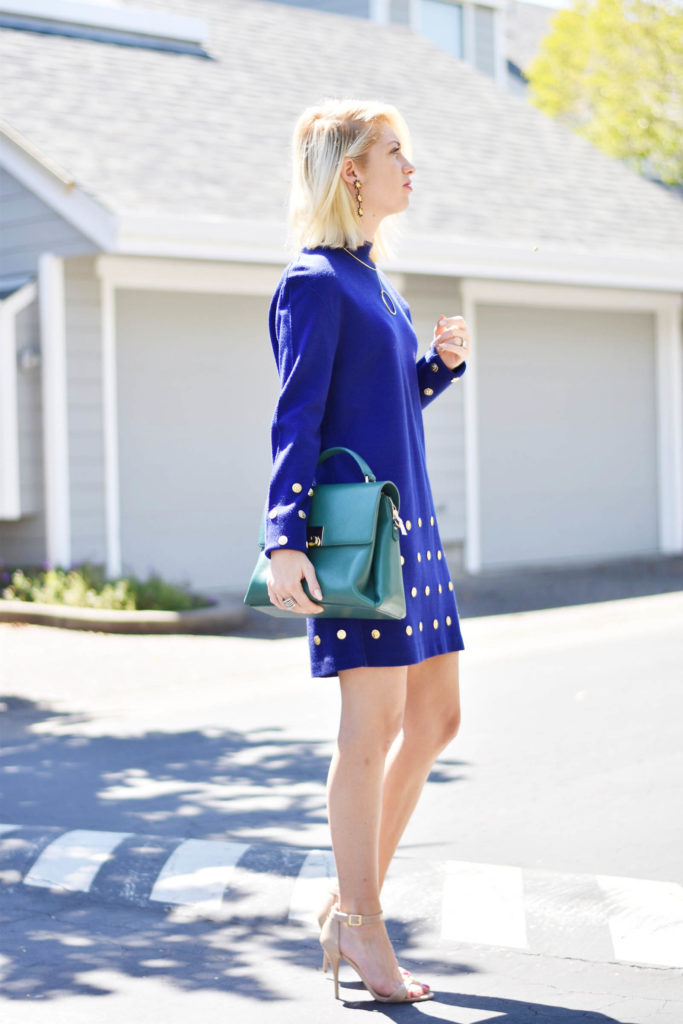
Design Decade: The Sixties
Sixties style is easy to identify. Look for straight silhouettes and short hemlines, all as a reaction to the overt femininity of the fifties. The space race instigated the obsession with futuristic and ‘mod’ shapes, which brings to mind Paco Rabanne and Twiggy. There was also a bit of experimentation with color blocking and large scale patterns, which really hadn’t been seen before. Pants and tunics were also very popular in this era, creating a long, lean silhouette that eventually evolved into the flared look of the seventies.
The long, lean silhouette is easier to achieve for those with straighter body types. I don’t love wearing fitted things around my waist so this style works well for me, and I love how it accentuates my legs and makes me look taller than 5’4″.
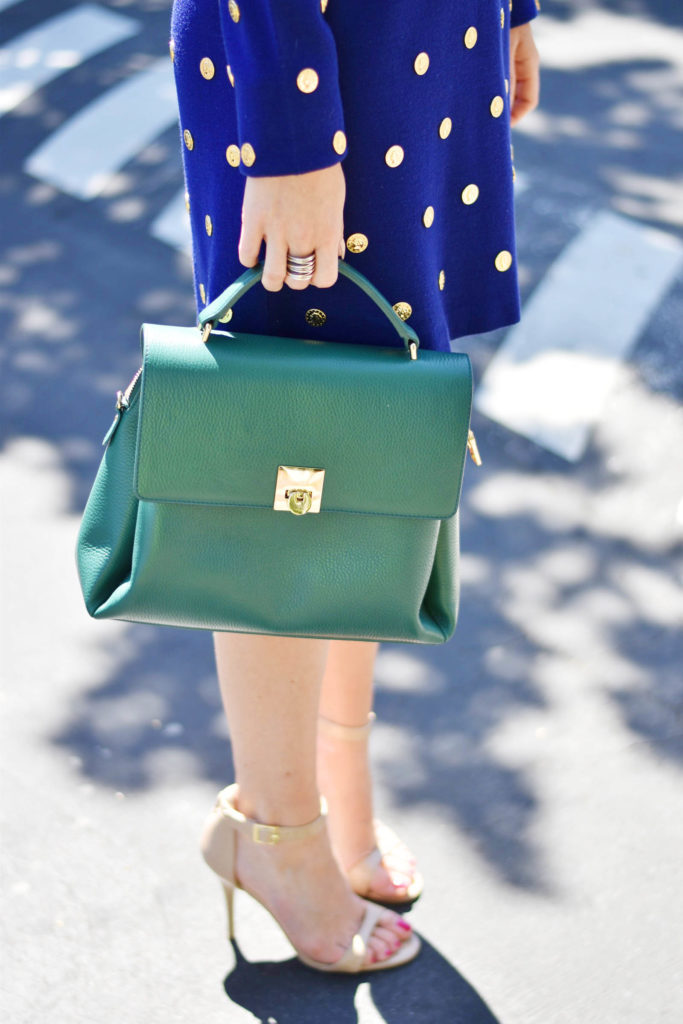
Design Decade: The Seventies
The seventies can be divided into 2 distinctly different camps. The ‘Disco fever’ polyester groovy camp, and the ‘Free Love’ all natural camp. While one silhouette was all about wide lapels, extreme flares and platform shoes, the other was loose, lightweight and free. The invention and subsequent use of polyester was rampant in the studio 54 set, which was directly contrasted by the protesting hippies in all-natural linens, cottons, and bamboo.
In some ways, there is something for everything in this decade. While vintage shopping in the seventies, I strongly suggest looking at the fabric fiber content (if available). While something might appear to be of the loose and fancy free style of the hippies, be warned. The overabundance and affordability of polyester was so impactful that it is hard to find anything made during this time not of man-made descent. Which is not necessarily a bad thing! Remember it’s better to at least give that clothing a new home than to let it sit in a landfill! (and isn’t that what the hippies would have wanted from you, anyway?)
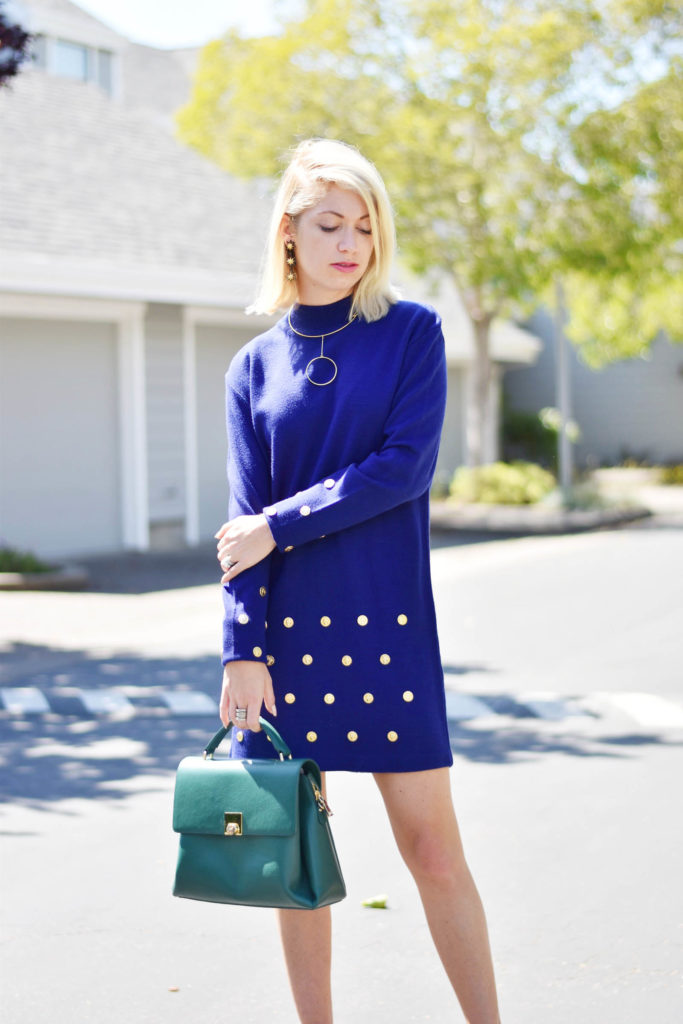
Design Decade: The Eighties
While we have already spoken about statement shoulders, the eighties were the decade of excess. Think big sleeves, big hair, big mustaches. Embellishment was used in the eighties like never before, such as sequins, beads, bows, and chains. The ‘power suit’ made a statement for women in the workplace, and a general top-heavy silhouette was prevalent.
There is a reason why most eighties fashion is reserved for costume parties. Most of the time vintage stores are to the brim with over the top prom dresses and gaudy sweaters. But looking a bit deeper, at leather jackets, menswear blazer and accessories, oh those accessories, and you are sure to find a statement piece you can pretend your mom saved to pass down to you.
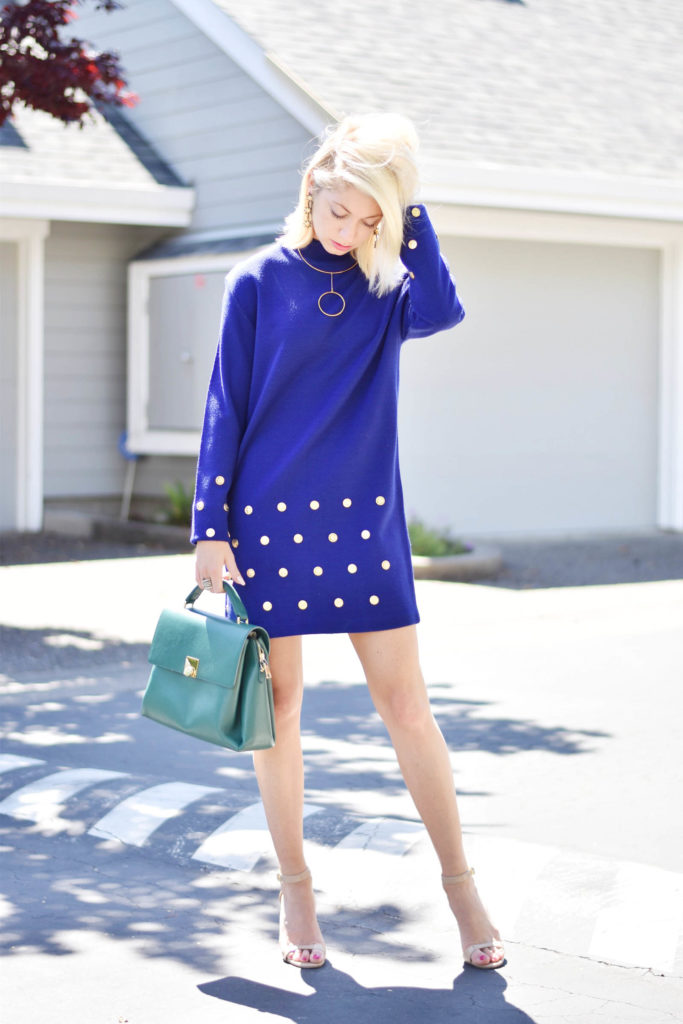
Design Decade: The 90s
By this point in time fashion has begun to repeat itself, so identifying items that are truly ’90s’ gets tricky. Music takes the lead in fashion here, and fashion starts to evolve from the street up, instead of from designers down. Think of Seattle Grunge (Nirvana, Pearl Jam, Radiohead), Hip Hop (LL Cool J, 2Pac, TLC) and Emo Punk (Beastie Boys, Green Day) as the greatest influence, and you get plaid shirts, extremely baggy pants, converse, skater pants (dickies anyone?), neon, athletic wear, studs, vintage band tees (yes, so meta) and a whole lotta leather.
Who doesn’t love the nineties? Since the decade has totally come back in style in the past 3 years, I say do yourself a favor and instead of buying that Supreme x Alexander Wang $400 hoodie, take a trek to your local vintage store where they undoubtedly have a much cooler one for less than $40. The nineties are all about separates. So look for a great pair of vintage Levis’ to get that Cindy Crawford bum, an authentic leather biker jacket, a clueless-style pleated skirt, or an aviator/bomber jacket.
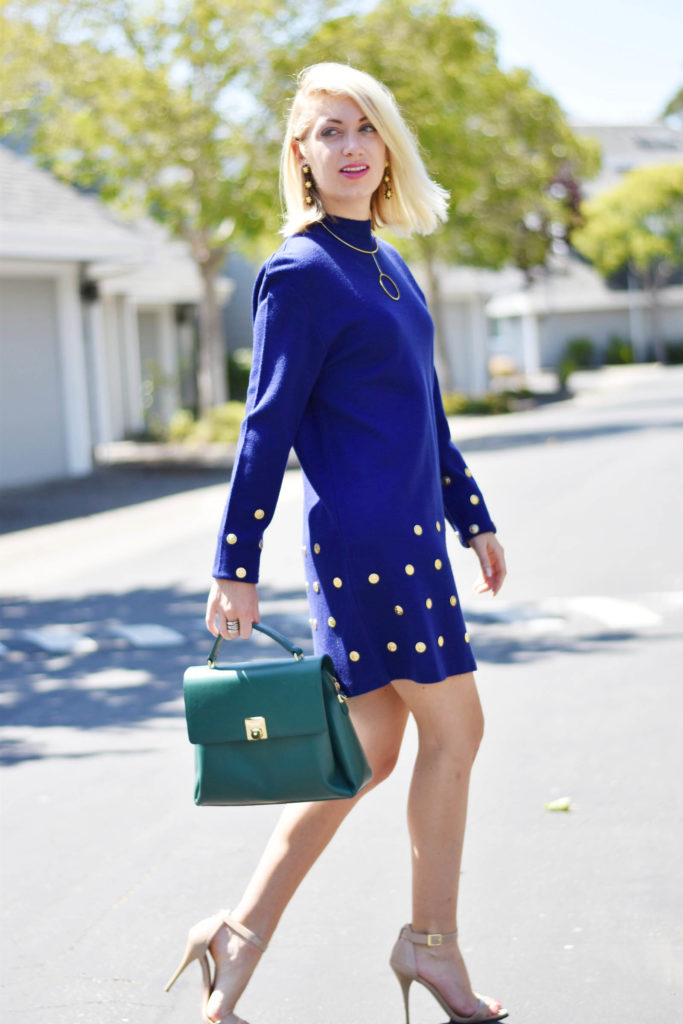
Congrats! You finally made it through this vintage shopping tips post and desperately want to know what era my dress is.
What did you guess?
If you guessed the eighties, you are Correct!! I know, the silhouette seems quite sixties, but the coin embellishment and the volume in the shoulders gives it away. Couldn’t see the shoulders? Good. I removed the shoulder pads so aside from a few sunken wrinkles and a dropped armhole, it’s hard to tell. Which goes to show you, all of these pieces can have a new look with a little ingenuity!
Did you get it right? I’m dying to hear in the comments what you guessed and what your favorite vintage decade to shop is.
Loved this post? Don’t forget to post, tweet, like and stumble- sharing is caring!
